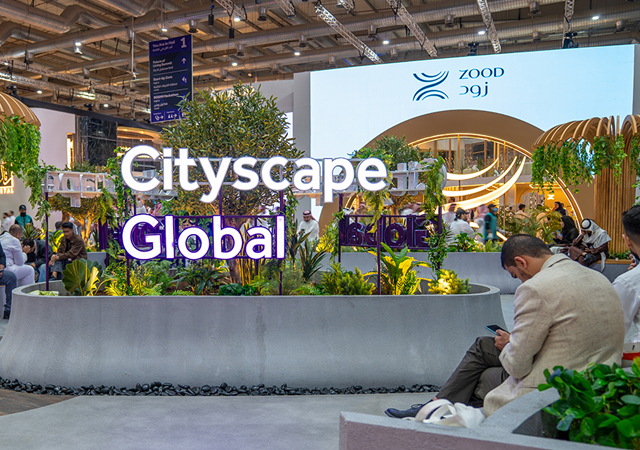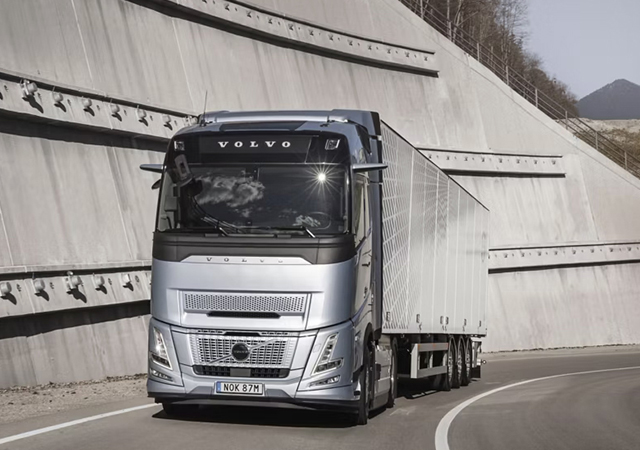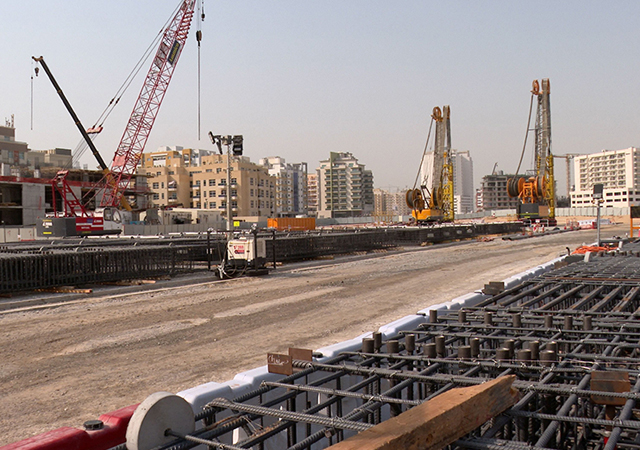
 Canam Asia’s roof and floor system ... speeding up work.
Canam Asia’s roof and floor system ... speeding up work.
OWNERS, designers, builders and contractors are all reaping the benefits of using Canam Asia’s products, thanks to the architectural superiority and the design flexibility these floors and roofing systems provide, says Dr Wafik Ajam, technical and marketing manager of the Dammam-based steel joist and decks specialist.
These systems also allow large free spans for mezzanine floors and roofs, can accommodate the diaphragm forces, and allow fast installation. What is more, Canam Asia’s roofs and decks can be integrated with various types of structures such as those constructed using precast concrete or cast-in-situ concrete columns, he adds. The company has recently delivered steel floor and roof systems for several projects in Saudi Arabia.
Elaborating on some of its unusual projects, Dr Ajam says: “We have supplied a roof system – involving an area of more than 24,000 sq m — for a precast column structure in Dammam. It comprises multi-roof zones with free spans up to 26 m in length. Another project, located in Al Khobar on the main Dammam-Khobar Highway was for a typical showroom with mezzanine flooring and roofing systems on cast in-situ concrete columns.” There are many advantages of using Canam’s flooring and roofing systems in projects utilising precast or cast in-situ concrete columns, according to Dr Ajam. “They are lower in cost, allow larger floor spans for mezzanine levels (up to 40 m without columns), provide better lateral stability, and enhance the fire and shock resistance of the structure while providing better continuity with the foundation.”
Canam is a certified fabricator and supplier of a range of steel products, including open web joists (OWJ) and girders (OWG) for roof and flooring trusses; Hambro, which are composite steel joists for floor and roof systems; and Underwriters Laboratories (UL)-certified roof and flooring deck panels with normal and composite designs.
“OWJ are structural steel members renowned worldwide for their strength and economy. They are lighter than the full web beams of the same depth, and can be used to facilitate the installation of ventilation ducts and plumbing as compared to a W-profile beam,” he explains. “The steel used in OWJ has higher yield strength than that used in beams (380 MPa or 55 ksi compared with 350 MPa or 50 ksi for shaped or welded beams). In addition, the steel used in these types of joists is more cost efficient with regard to material purchases (such as angles) compared with the beam or HSS sections.
The OWJ provides longer spans, offering a large column-free space within buildings and can be erected quickly and easily, improving jobsite co-ordination.”
Hambro floor system
He adds: “Hambro composite joists can be used in a range of construction projects, be it masonry, steel frame buildings, poured-in-place or precast concrete. The Hambro joist system, which comprises a hybrid concrete/steel T-beam in one direction and an integrated continuous one-way slab in the other, can be used for a wide range of application ranging from single-family independent houses to multi-storey residential, shopping centres and office complexes.
The joists can also be customised to suit particular job conditions and can be easily installed, says Dr Ajam. “In addition, the shallower floor depths of the joists offer increased rigidity arising from a composite action. The spacing and the web opening provided in the joists can accommodate all electrical and mechanical ducting. Also the interlocking of concrete with steel provides excellent lateral diaphragm action, with the composite joists acting as stiffeners for the entire system.”
Steel decks
The UL-certified steel deck profiles of CAL can be used for roofs and floors to support gravity loads between the joists or beams. “These sheets can be used as a horizontal brace, allowing the steel deck to perform as a diaphragm (The Steel Deck Institute, Diaphragm Design Manual Third Edition 2004). The resistance and rigidity of this bracing method depends upon the geometry as well as the frequency and type of attachment used on the structural elements and side lap joints of the steel deck sheets,” says Dr Ajam.
The decks come in a nominal thickness ranging from 0.76 mm to 1.52 mm, and can be rolled from 1.8 m to 12 m. The steel decks, which act compositely with the concrete slab, offer several advantages that include: higher strength, longer spans, eliminates the need for bottom reinforcing, serves as concrete form for the slab and finally acts as a diaphragm, providing lateral bracing to the structure.
“At CAL, we have a range of different flooring systems that can easily and effectively replace hollowcore slabs and also the normal concrete slabs. Our products promise the highest quality standards at a competitive price and at the same time meet the steel building needs of the fast-growing construction industry,” he states.
Canam Asia is a division of Zamil Steel, a global leader in the steel manufacturing industry, with fabrication facilities in Dammam (Saudi Arabia) and Ras Al Khaimah (UAE). It claims to be the only company in the region that custom-designs, fabricates and supplies open-web steel joists and has an annual capacity of 14,000 tonnes of joists, and 10,000 tonnes of metal deck panels per shift of operation.
Launched in 2002 as a joint venture between Zamil Industrial Investment Company (ZIIC) and Steel Plus Limited – an affiliate of the Canadian Canam Manac Group (CMG), Canam Asia couples the expertise of ZIIC in the Middle East, Europe, Asia and Africa with the reputation of CMG, which is renowned as a leading manufacturer of steel joists and structural steel components in North America and Europe.
Apart from Saudi Arabia, Canam Asia has also completed a number of projects in the UAE, Bangladesh, Romania, Oman, Qatar and Bahrain.

















.jpg)













 (1).jpg)





























































.jpg)











